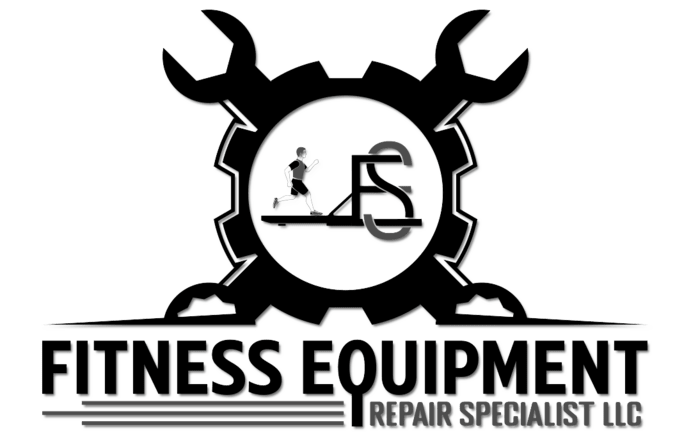Why Is My Treadmill Making Noise? Common Causes and Easy Fixes
October 8, 2025What to Do When Your Gym Equipment Won’t Turn On
October 8, 2025If your elliptical pedals are stuck, squeaking, or not moving, the problem may be loose joints, broken bearings, or worn drive belts. Fixing them early can save you up to 60% on repair costs and prevent long-term machine damage.
When Elliptical Pedals Stop Working — What It Really Means
You hop on your elliptical for a quick session, but the pedals won’t move smoothly or stop working altogether. Frustrating, right? It’s a common issue for both home and commercial gym users. In fact, about 70% of elliptical breakdowns start with pedal or joint problems caused by wear, lack of lubrication, or skipped maintenance.
Elliptical pedals are built to handle daily stress, but over time, friction, dirt, and loose parts wear them down. When that happens, the machine feels jerky, noisy, or completely stops moving. The good news? Most of these problems can be fixed without replacing the entire machine.
If your pedals are stiff or uneven, it might be time to call a pro. You can easily reach out to a local service that handles fitness equipment repair or search gym equipment repairs near me for quick help in your area.
Common Reasons Elliptical Pedals Stop Working
1. Loose or Damaged Linkage Arms
The linkage arms connect your pedals to the flywheel. When they loosen or bend, the pedals can stick or feel unstable. Tightening the bolts or replacing the arm joints usually solves it.
2. Worn Bearings or Bushings
Bearings keep your pedals moving smoothly. Over time, they can wear down, making your elliptical squeak or grind. Replacing them early prevents further damage.
3. Drive Belt Problems
If your pedals move unevenly or stop mid-motion, a worn or loose drive belt might be the culprit. It’s a simple part, but replacing it often restores full function.
4. Lack of Lubrication
Dry joints and moving parts cause friction that leads to stiffness and squeaking. A small amount of approved lubricant can bring smooth motion back fast.
5. Pedal Cracks or Breaks
Plastic or composite pedals can crack under heavy use. Replacing just the pedal instead of the full system can save money and keep your elliptical safe.
If you notice squeaking, stiffness, or slipping, contact certified fitness machine technicians or look up treadmill repair near me for quick, expert service.
Simple Fixes You Can Try at Home
Clean and Inspect
Unplug your elliptical and wipe away dust and dirt from the pedals, joints, and undercarriage. Built-up grime often causes noise and friction.
Tighten All Bolts
Check for any loose screws or bolts along the pedal arms and frame. Even a slightly loose bolt can make your pedals feel off balance.
Lubricate the Joints
Use a silicone-based lubricant on moving parts to reduce friction. Avoid using oil or grease—they attract dust and cause buildup.
Test the Resistance Levels
Sometimes, the issue lies in the resistance motor or belt tension. If the pedals move but feel uneven, adjusting the tension might help.
Need more than a quick fix? Reach out to fitness equipment repairs near me or book a visit from a local treadmill repairman for professional service.
When to Replace Pedals or Call a Technician
If your pedals are cracked, wobbly, or completely frozen, replacement is the safest route. Continuing to use the machine can cause more damage to the flywheel and frame. Professionals can quickly check whether you need a repair or a full replacement.
Certified technicians can also check for electrical issues, belt alignment, and hidden wear that might not be visible. They’ll make sure your elliptical runs smoothly and lasts longer after the repair.
Looking for trusted service? Contact gym equipment repair experts or certified fitness machine technicians for fast, reliable pedal replacement.
Preventing Pedal Problems in the Future
Taking a few minutes each week to clean and inspect your elliptical can prevent most issues. Keep it on a level surface, use it regularly to avoid stiffness, and don’t overload the machine beyond its weight limit. Schedule professional maintenance every 6 to 12 months to catch small issues early.
This routine care not only keeps your elliptical quiet and smooth but also extends its lifespan by years. It’s a small effort that saves big in the long run.
For consistent maintenance and peace of mind, book with fitness equipment repair or trusted gym equipment repairs near me services.
FAQs About Elliptical Pedal Problems
1. Why do my elliptical pedals feel stiff or uneven?
This usually happens because of dry joints, dust buildup, or loose parts. Cleaning and lubricating the pedals often helps.
2. Can I fix broken pedals myself?
You can replace simple parts, but for cracked pedals or internal damage, it’s best to call fitness machine technicians for safe repairs.
3. What causes squeaking while using an elliptical?
Squeaking comes from friction between dry or loose parts. A small amount of silicone lubricant fixes it quickly.
4. How often should I service my elliptical?
Service it every 6 months if used often, or once a year for light home use. Regular checks help avoid expensive repairs.
5. Should I replace my elliptical if the pedals break?
Not always. Pedals and linkage parts can usually be replaced without buying a new machine.
Final CTA: Keep Your Elliptical Running Smoothly
Don’t let small pedal issues stop your workouts. Regular maintenance and quick action can save time, money, and effort.
Call trusted experts for fitness equipment repair, gym equipment repair, treadmill repair near me, and fitness equipment repairs near me to keep your elliptical in perfect shape all year round.
